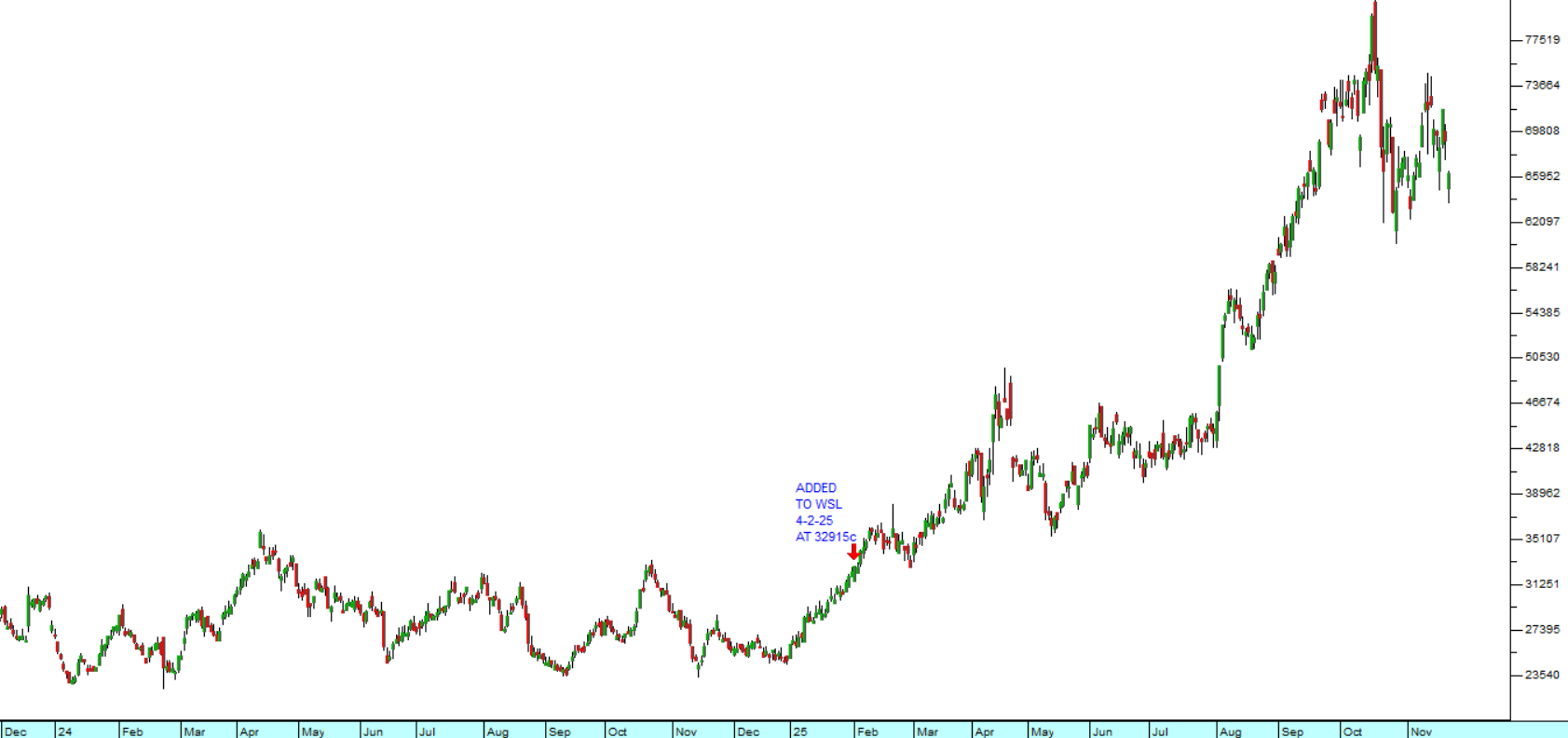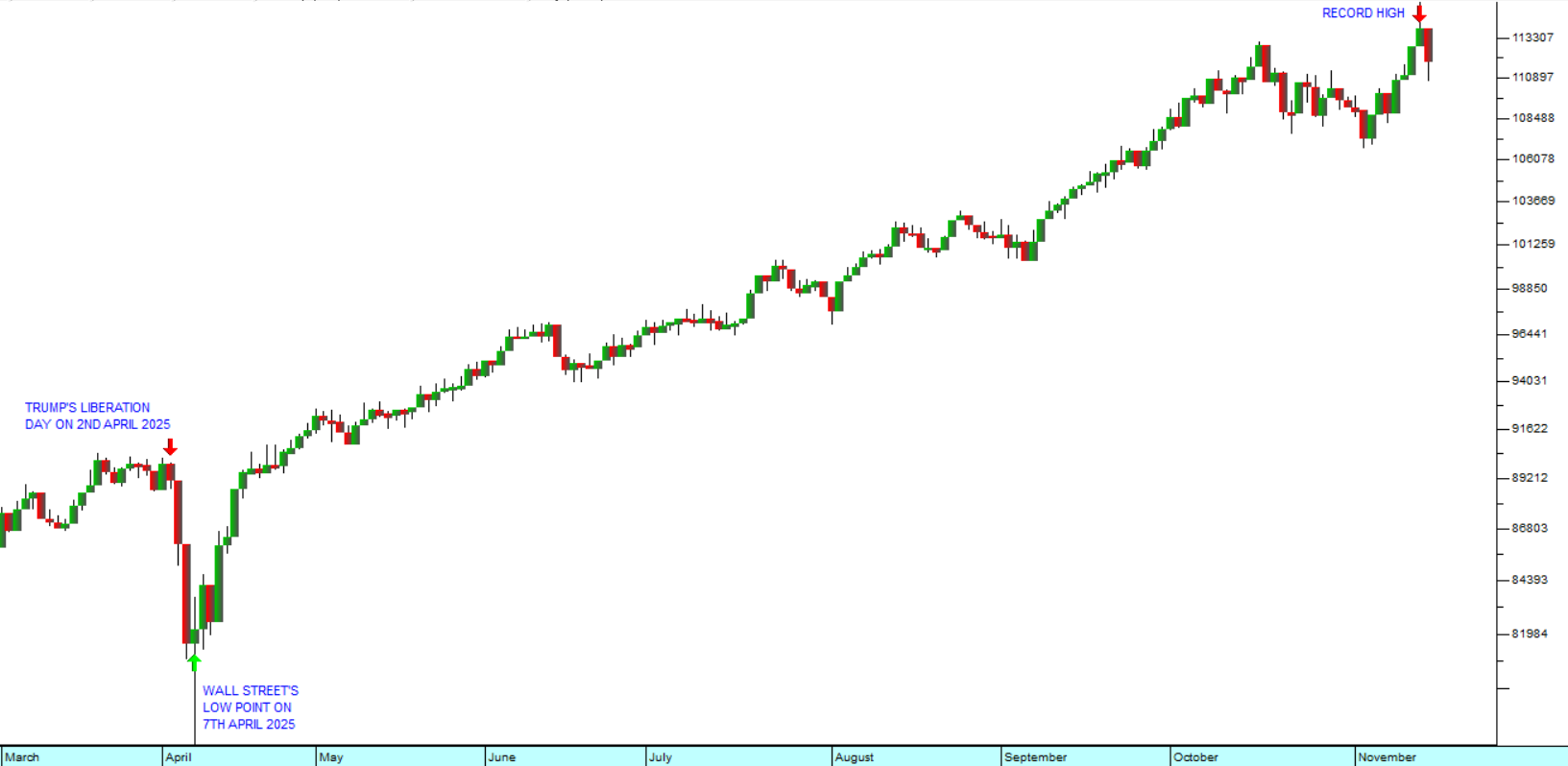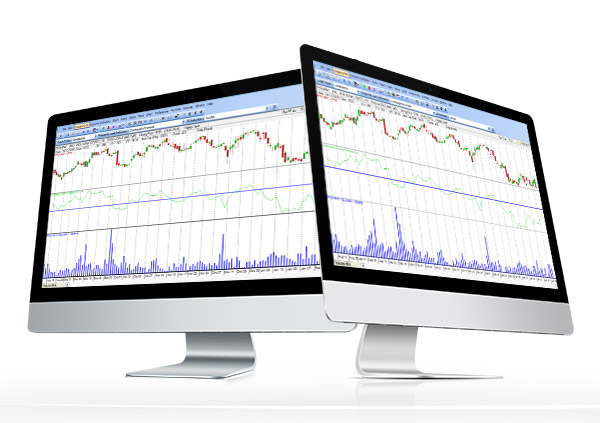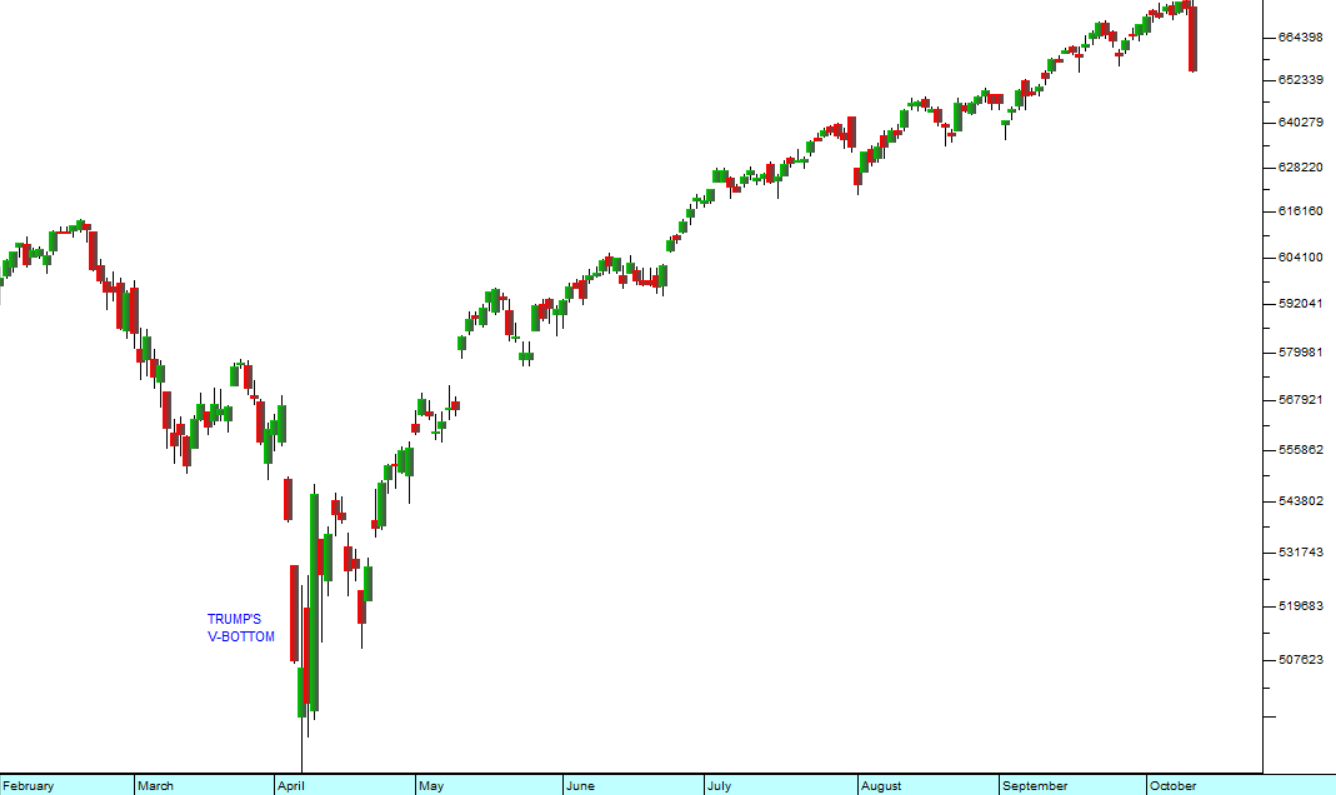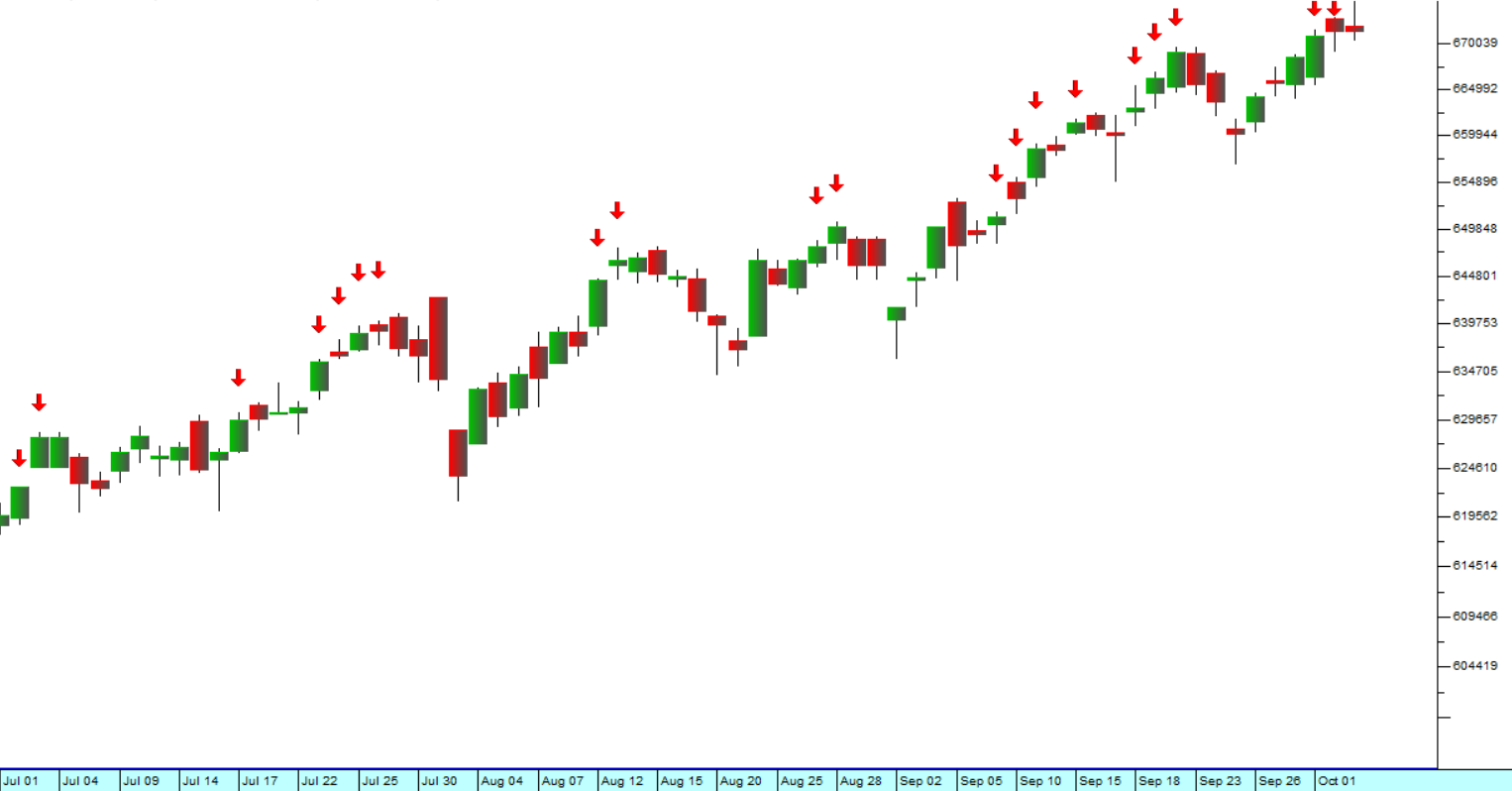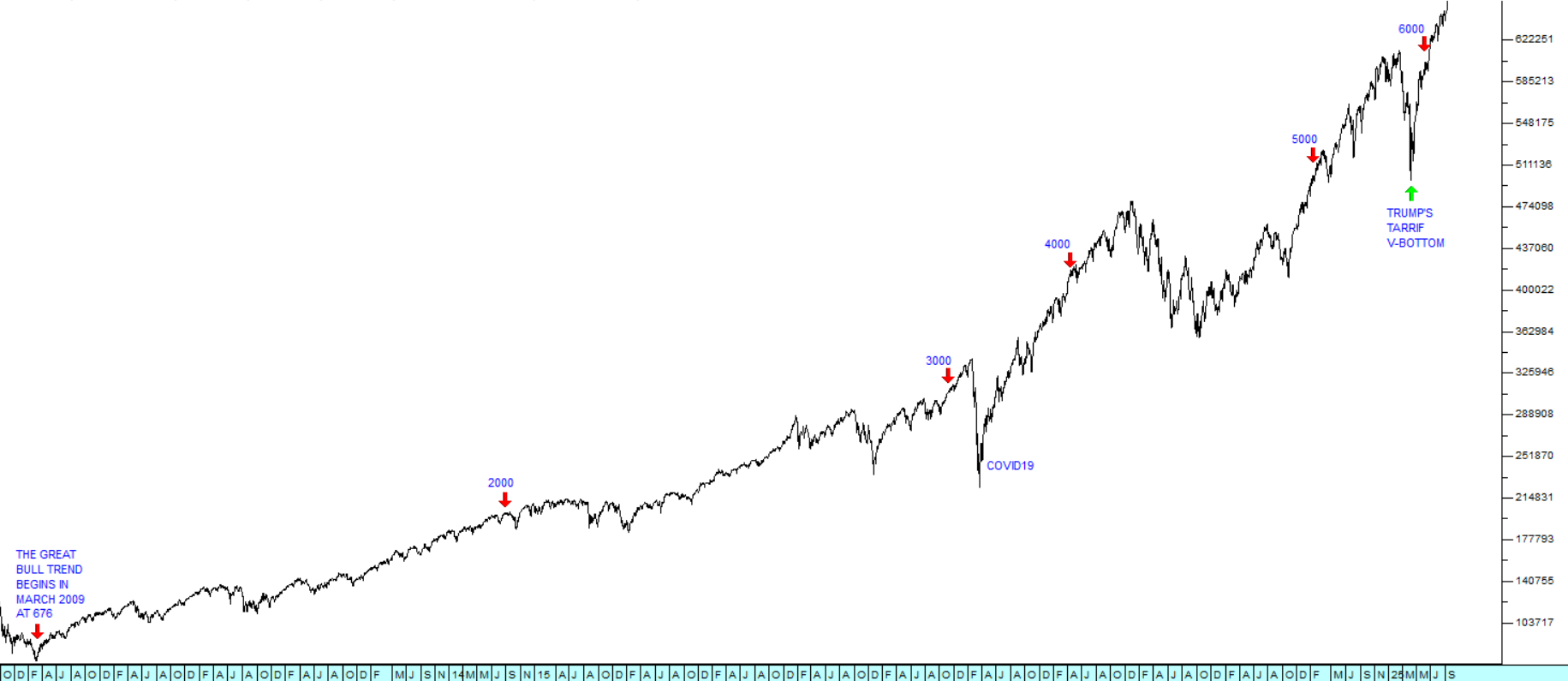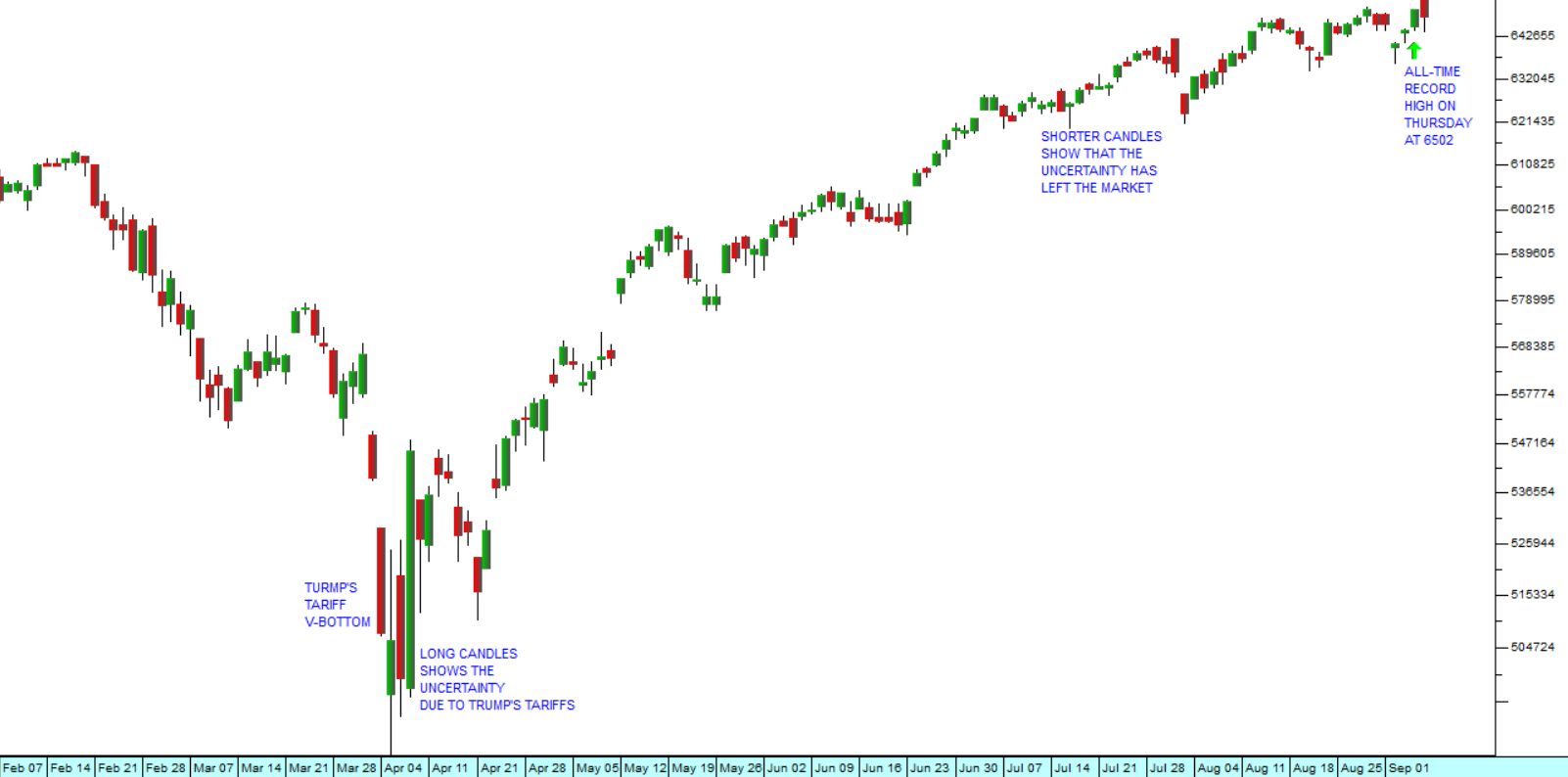Jerome Powell
22 April 2025 By PDSNETThe Federal Reserve Bank (“the Fed”) is completely outside the control of the President and Executive Branch of the US government. The chairman of the Fed is appointed for a renewable 4-year term by the President. The President cannot remove the Chair without cause. The current chairman, Jerome Powell was appointed by Trump during his first term as President and reappointed by Biden. Powell is only due to retire in May 2026.
In the economy, the Fed carries out dual functions – to control inflation while at the same time promoting growth. The problem is that these two objectives are often mutually exclusive in the sense that raising interest rates to control inflation generally slows growth down, while lowering interest rates to stimulate growth is usually inflationary.
The Fed’s monetary policy committee (MPC) oscillates between raising and lowering rates according to how they see the economy. Right, now the MPC is reducing rates and has been doing so since last year. So far it has cut 100 basis points, or 1%, off the level of interest rates on the basis that inflation has come down significantly and is close to their objective of 2%.
But this happened before Trump began to implement his new tariffs. Now Jerome Powell, the chairman of the Fed, says that the MPC will have to be more cautious because tariffs are generally inflationary. Luckily, the economy was in a very good place before Trump began his trade wars. The unemployment rate was around 4% and core inflation was 3,1%. This means that the MPC does not have to be in a hurry and can wait to see what the effect of Trump’s tariffs is on the economy before they act.
Trump, of course, is unhappy. He wants the Fed to reduce interest rates dramatically and immediately because reducing rates would stimulate growth and counter the inevitable slow-down in growth due to his tariffs. He is attacking the Fed and its chairman at every opportunity, but there is not much he can do to remove Powell.
Clearly, Trump, like all dictators, would like to control the Federal Reserve Bank – and this is similar to what Zuma tried to achieve in South Africa as part of state capture. Luckily for South Africa the Reserve Bank remained staunch and Zuma was never able to take control of it. Hopefully, the same will be true of America.
Trump’s various policies are making him increasingly unpopular with Americans and there is a strong possibility that the Republicans will lose both the House and the Senate in the mid-term elections if he continues with his trade war. Unfortunately, Trump’s on-again, off-again tariffs are impacting investor perceptions negatively causing them to become more risk-off. This accounts for the steady rise in the gold price to new record levels.
Consider the chart of the S&P500 index since its record high on 19th February 2025:
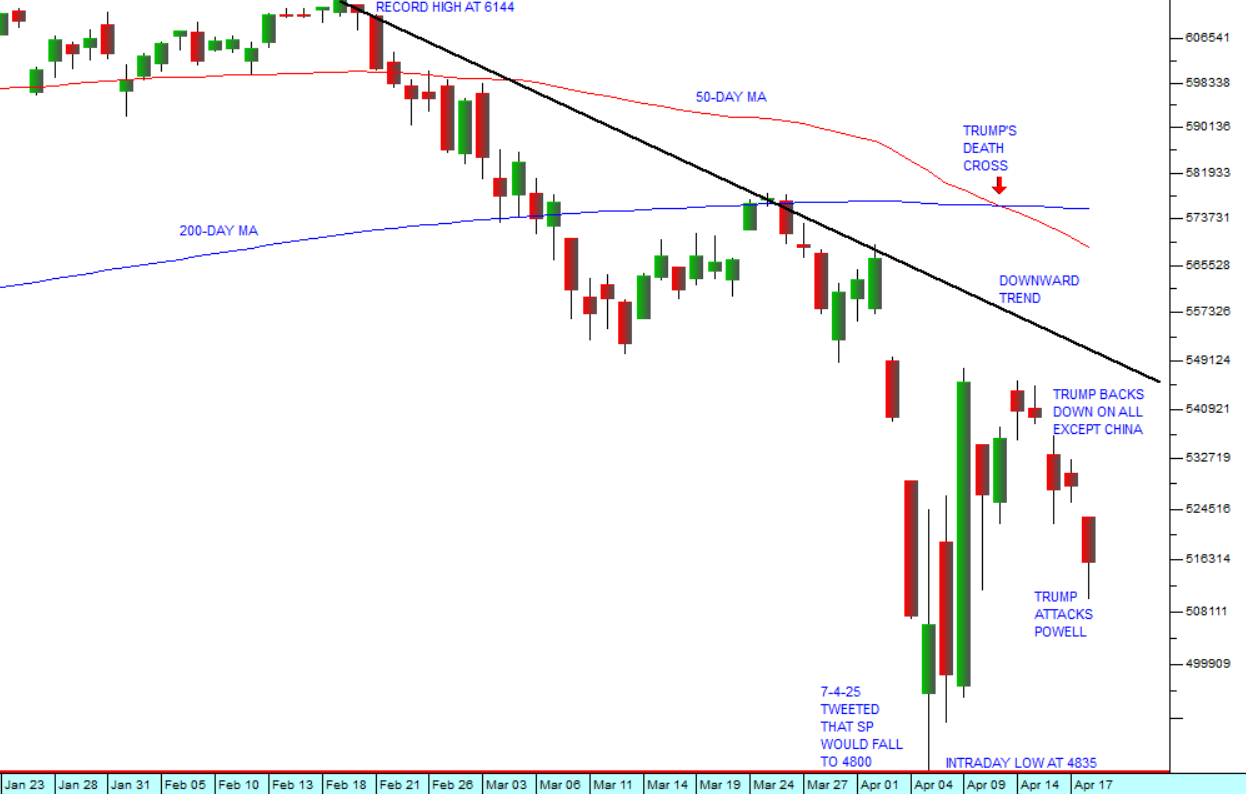
Trump’s tariffs began impacting the S&P500 in late February 2025 but gained momentum following his nonsensical tariff formula announced on the so-called Liberation Day (2nd April 2025).
On the 7th of April 2025 we tweeted early in the trading session that we saw the S&P falling to as low as 4800 – which was roughly the same as the previous cycle high of 4796.56 made on 3rd January 2025. In fact, the S&P reach an intraday low of 4835 on the 7th of April this year before turning.
Then Trump announced a 90-day pause for all countries except for China. The 145% US tariff on Chinese imports and the 125% Chinese tariff on US imports will effectively end all trade between the two countries. As part of the trade war, Nvidia has now been prevented from exporting its H20 AI chips to China – which it says will cost it $5,5bn.
It is obviously very difficult to predict what Trump will do next. His attack on Federal Reserve Bank Chairman, Jerome Powell over the Easter weekend took the S&P down a further 2,36% on Monday. Technically, it looks to us like his influence over the market may, however, be waning and there is increasing motivation for his impeachment in the House. The fact that he has backed down on his original tariffs indicates that he will probably back down further as the political pressure on him increases and his popularity at home plunges.
DISCLAIMER
All information and data contained within the PDSnet Articles is for informational purposes only. PDSnet makes no representations as to the accuracy, completeness, suitability, or validity, of any information, and shall not be liable for any errors, omissions, or any losses, injuries, or damages arising from its display or use. Information in the PDSnet Articles are based on the author’s opinion and experience and should not be considered professional financial investment advice. The ideas and strategies should never be used without first assessing your own personal and financial situation, or without consulting a financial professional. Thoughts and opinions will also change from time to time as more information is accumulated. PDSnet reserves the right to delete any comment or opinion for any reason.
Share this article:
